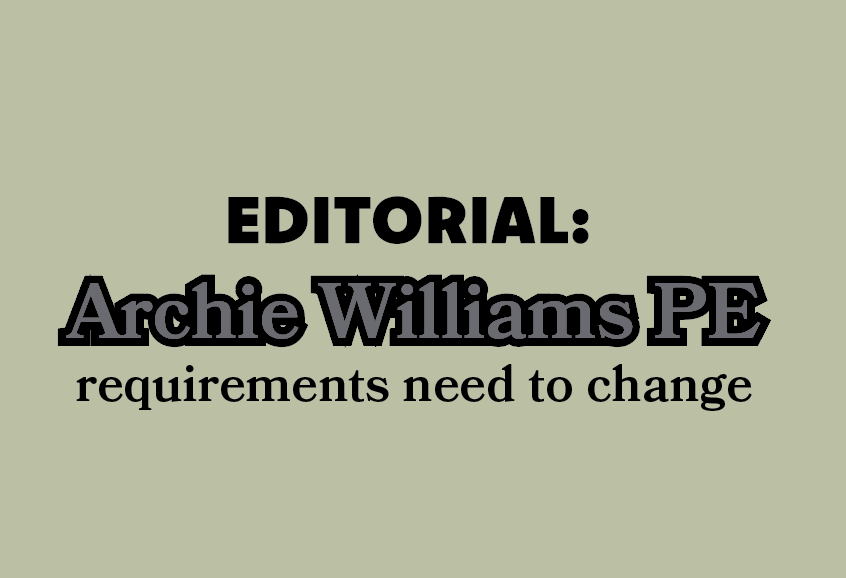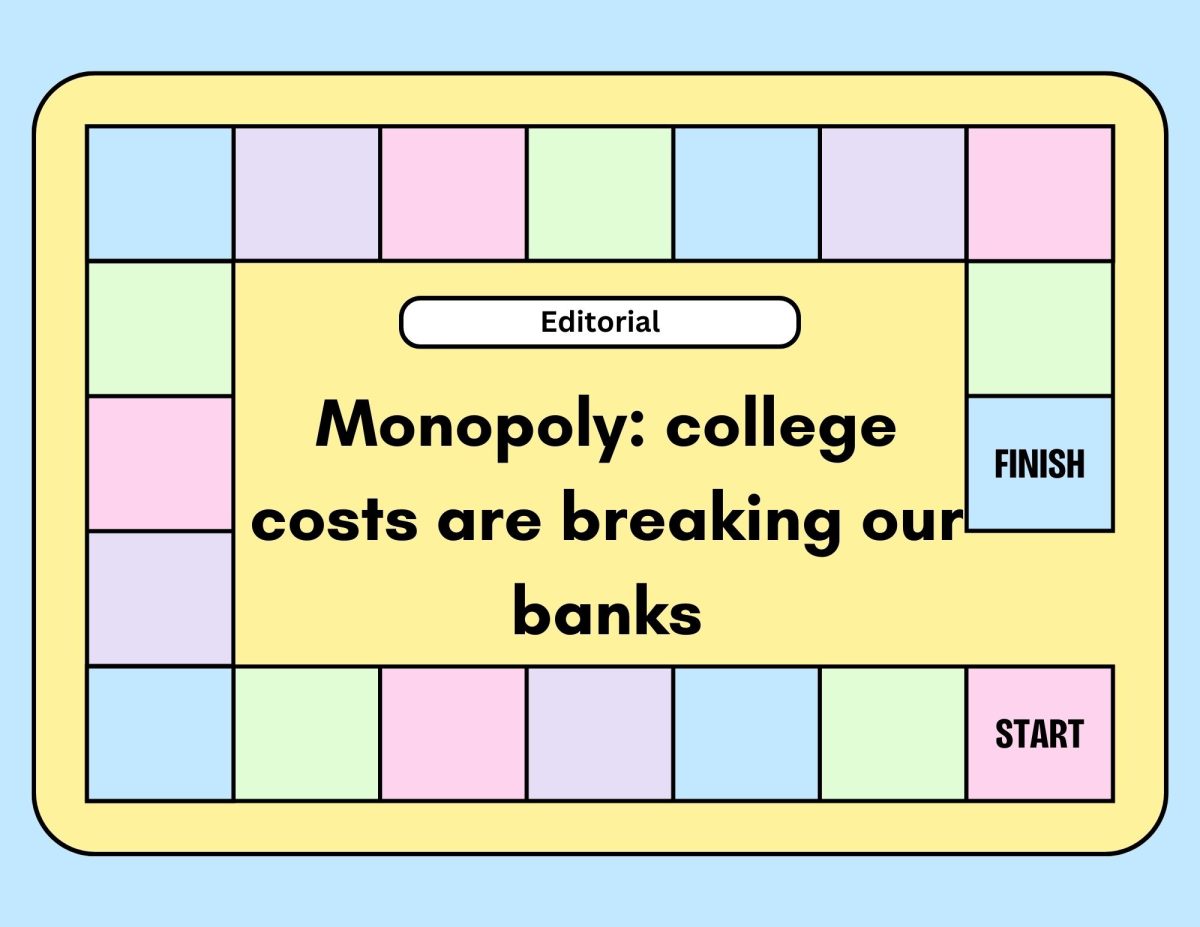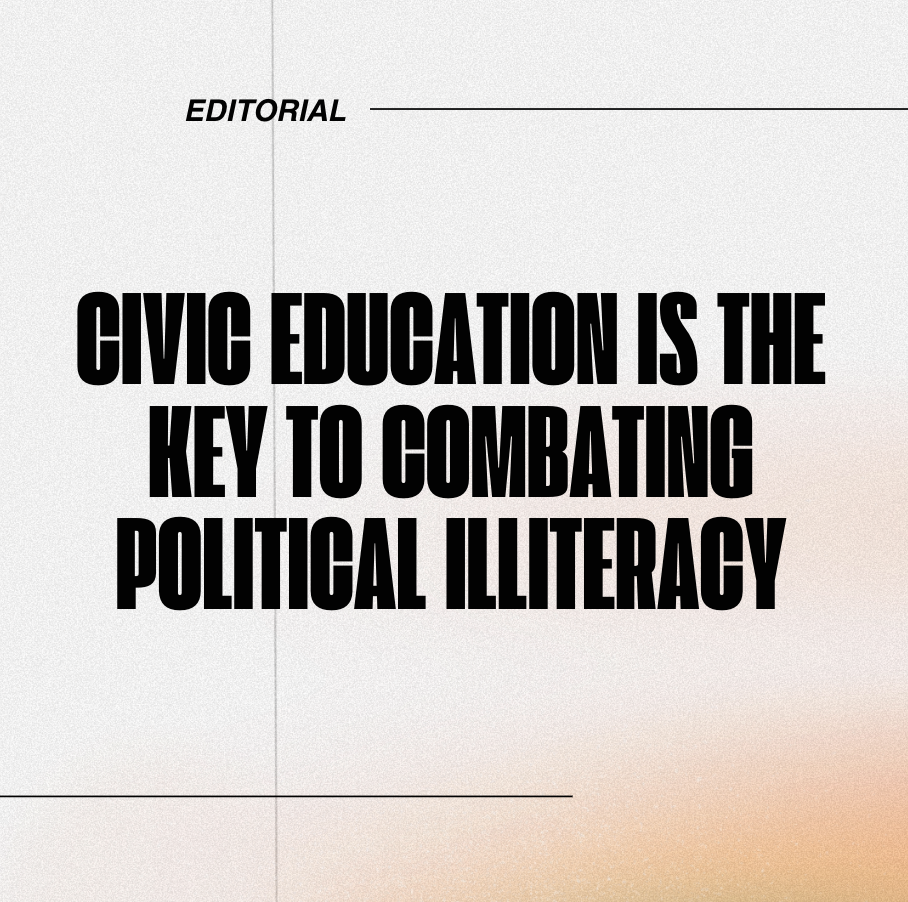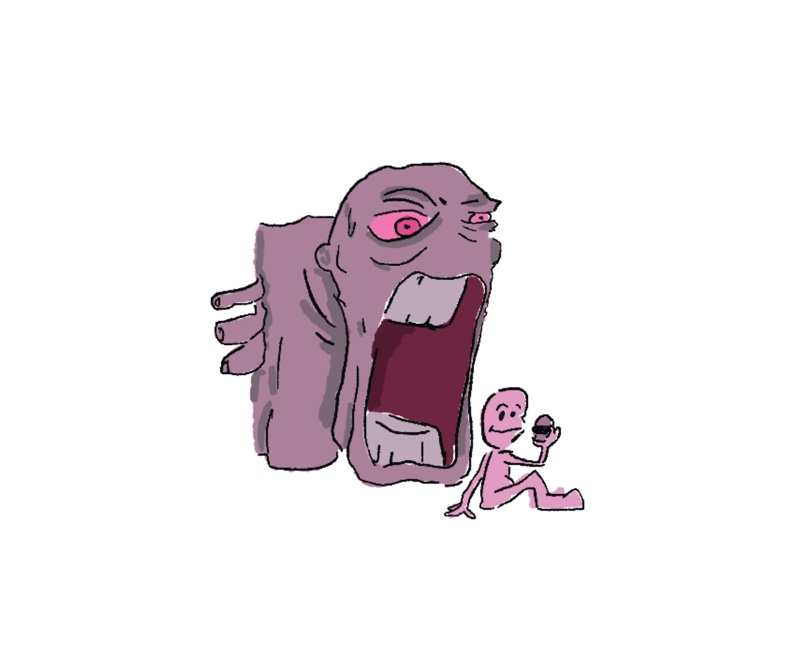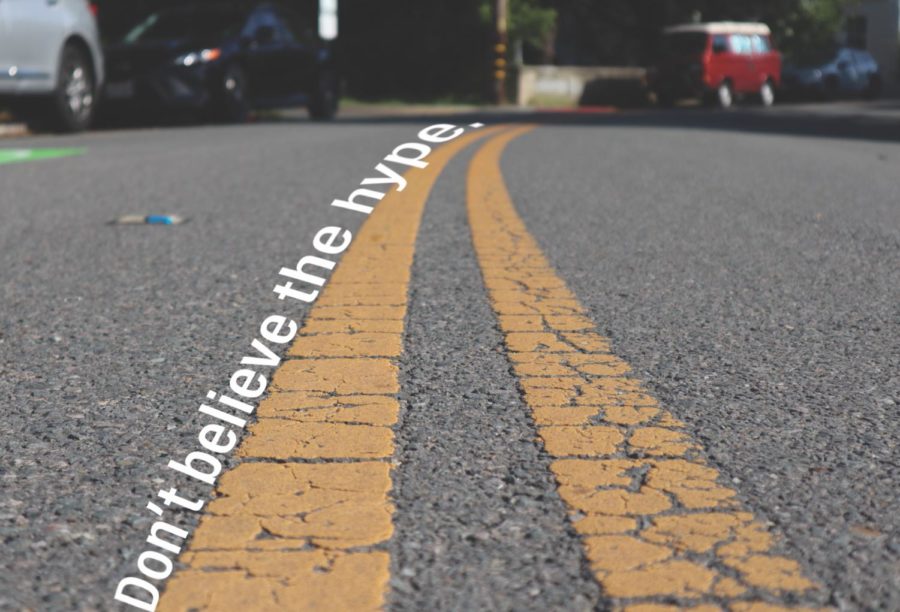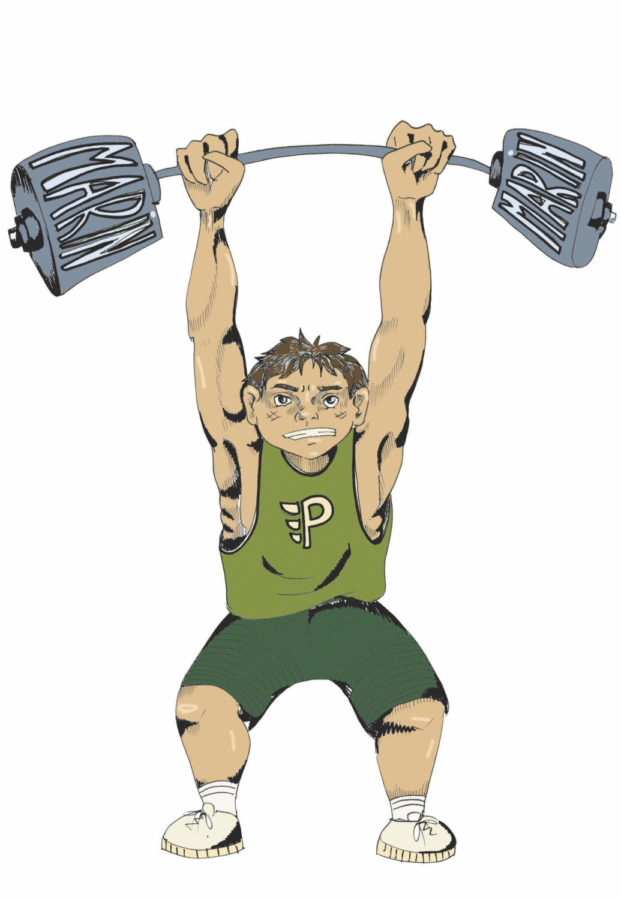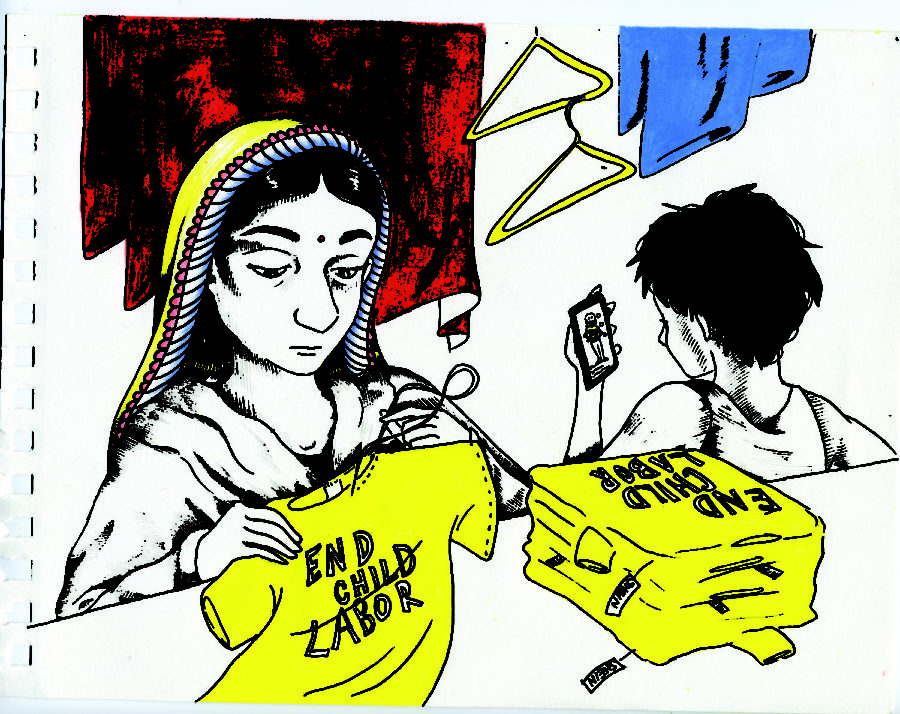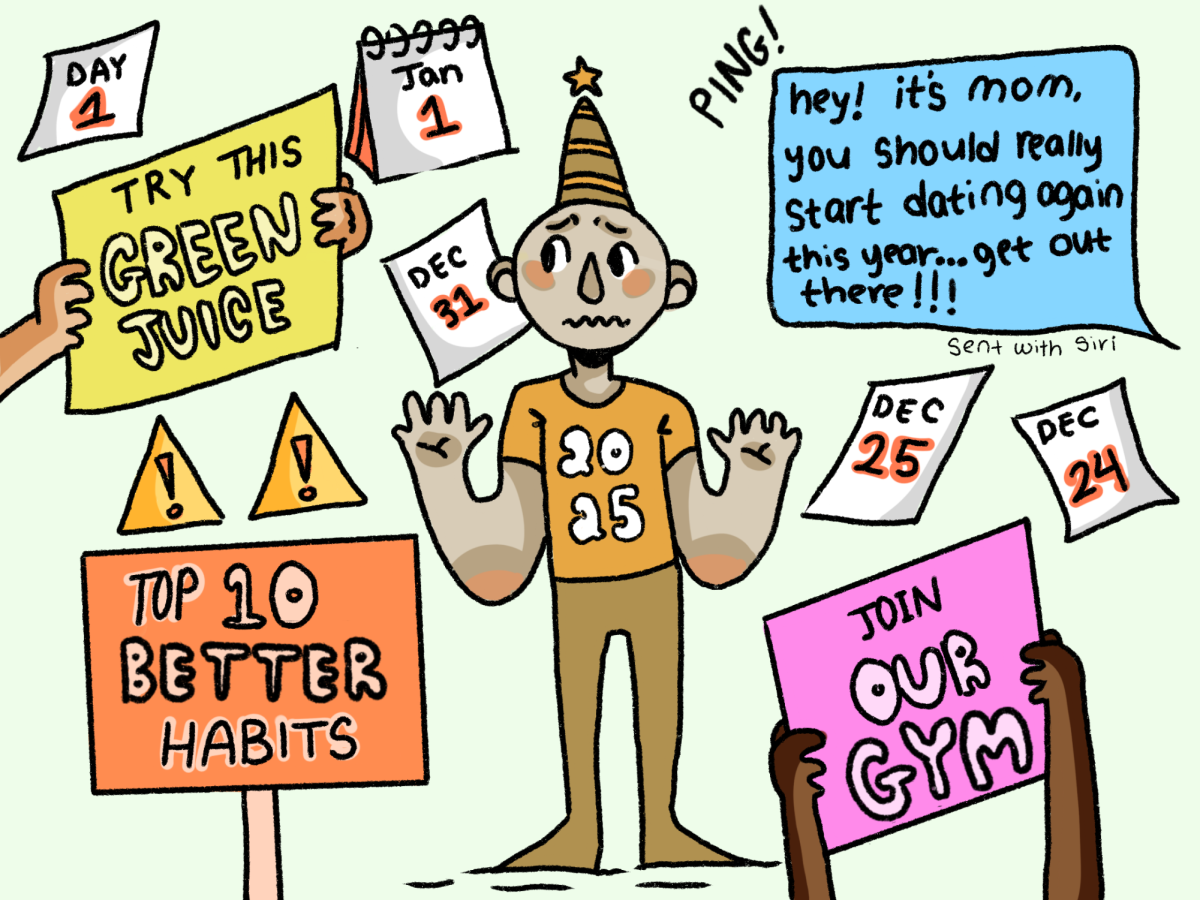At Archie Williams High School, two years of Physical Education (PE) is a graduation requirement, traditionally taken during freshmen and sophomore year. The course covers various sports, along with a CPR certification course near the end of the year. Despite the benefits PE can present, it doesn’t hold educational value for most Archie Williams students.
Students at Archie Williams often participate in both club and school sports. During the winter season, the school had large and flourishing soccer and basketball programs, and this spring, Archie Williams students will dive into track and field, baseball, and swimming. A poll conducted by The Pitch found that 78 out of 100 randomly selected Archie Williams students involved themselves in athletics, and some even partake in multiple sports in one school year.
Additional students take part in physical activity outside of the school-provided teams, such as gymnastics, dance, and horseback riding. Some of these sports run year-round, and many students continue to train outside of their seasons. Through extracurricular activities, these Archie Williams students already receive the exercise required by PE programs, if not more.
With so many students participating in sports outside of school, the purpose and usefulness of PE is diminished. These students pursuing sports outside of the school-provided curriculum do not need the class to maintain physical fitness or learn how to exercise effectively, as they already do both outside of school.
In 2019, San Rafael High School (SRHS) began a PE exemption program, no longer requiring students to take a second year of PE if they participate in two full seasons of high school sports. With this rule in place, physically active students are not required to participate in an unnecessary PE class.
Many school administrations continue a mandatory PE course, stating it is a “state requirement.” However, according to the California Department of Education, “Local school boards may exempt students from any two years of physical education in grades 10, 11, or 12… [by way of] pass[ing] the physical performance test administered in grade 9.” This protocol was placed in 2007. So, why has Archie Williams never implemented these measures, or an exemption program akin to SRHS?
For students who don’t exercise outside of school, PE serves as an opportunity to foster a more active lifestyle. It can be a useful period of outdoor education that teaches those students the importance of athletic activity. But for students currently involved in extracurricular sports or exercise, this period is entirely unnecessary.
If Archie Williams implemented the PE exemption programs used at other schools, students could in turn dive into school courses that draw more of their interest. Allowing underclassmen to opt out of required PE periods, would open up the choice to pursue additional academic courses aligned with their personal passions. With the removal of PE, freshmen and sophomores could join two entire extra classes they feel support them more in their learning.
Another alternative could be replacing PE for those physically active students with a one-semester, required first aid class. An important aspect of the PE curriculum is the CPR training unit, where every student can become CPR-certified through the class. This could be broken down into a one-semester, required class, where students can go in-depth into CPR training, first aid, and swim safety.
The importance of physical fitness and activity should not be overlooked. The issue with PE is that many students do not need a class dedicated to it for their own health. PE should continue to be required for students who need the school-provided space to be active, but not for those who don’t.
This story was originally published in the March 2024 print edition of The Pitch.


